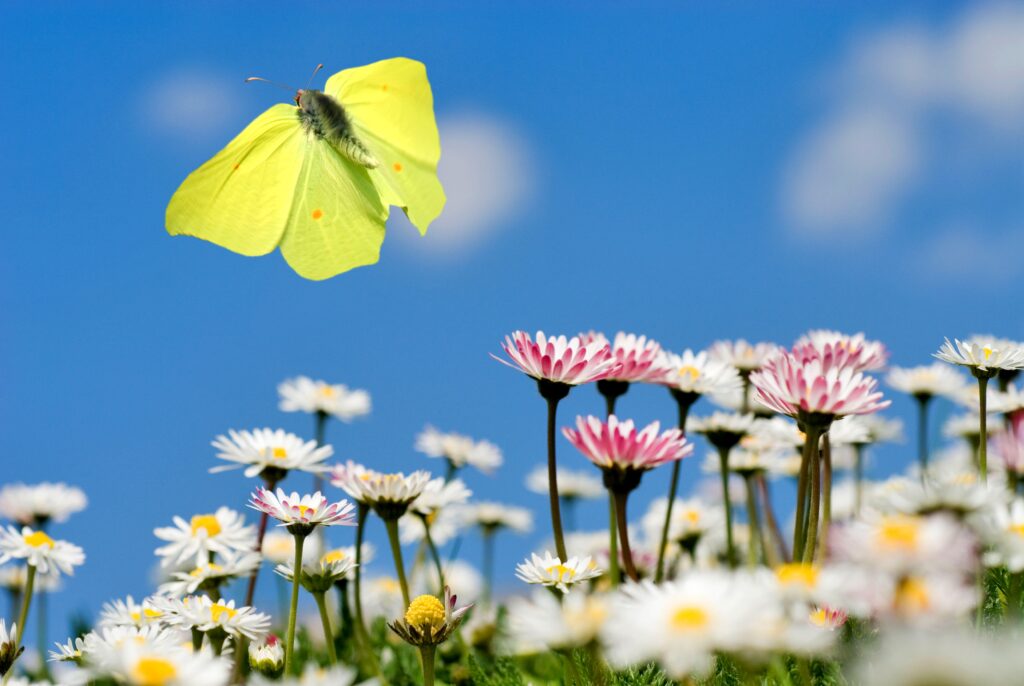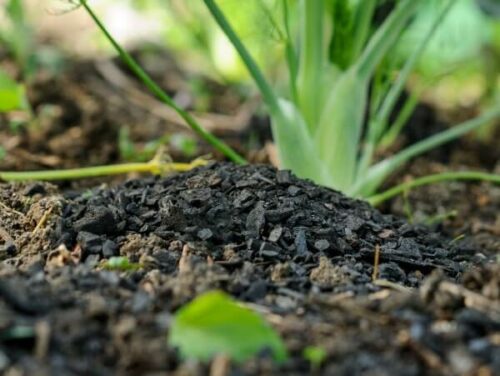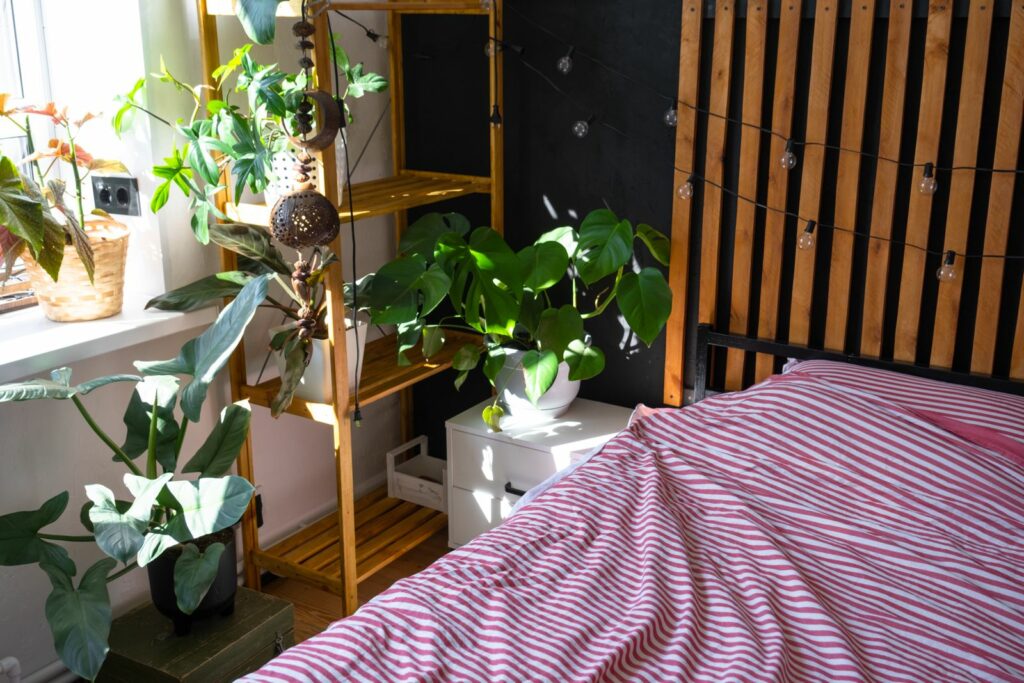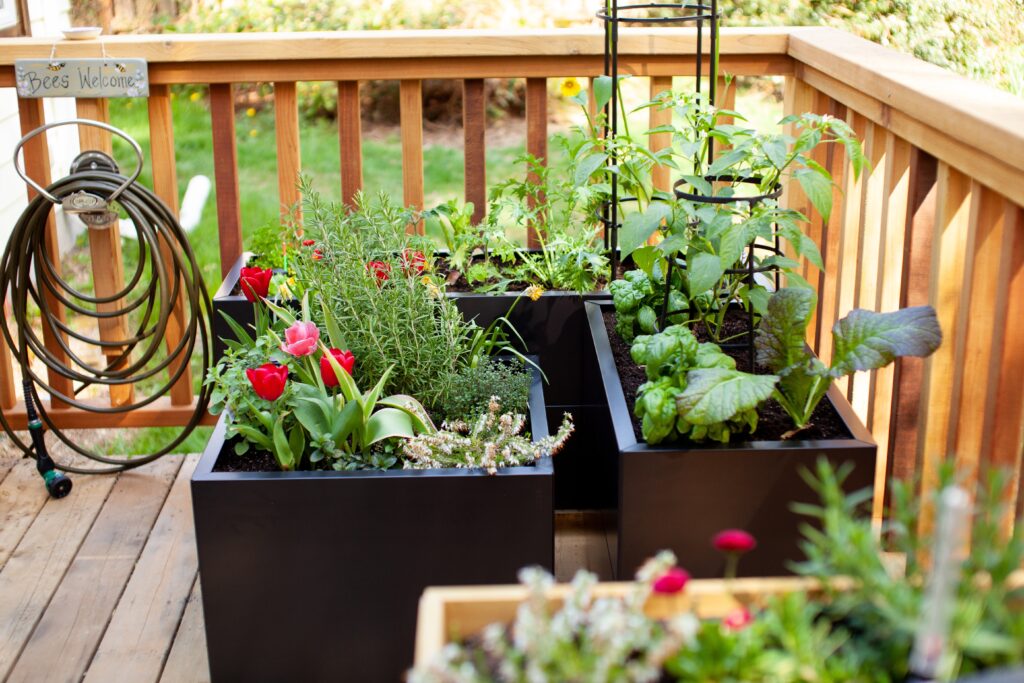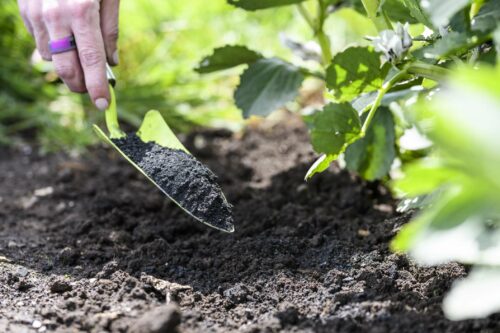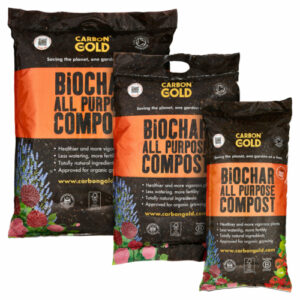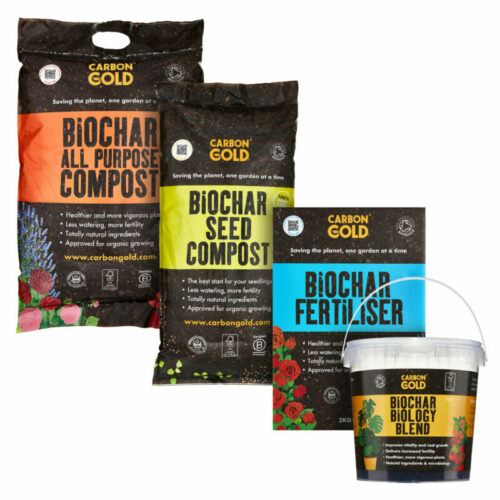Butterflies in February?!
It was only a couple of weeks ago that the country was hunkering down beneath an onslaught of weather warnings in various colours, window-rattling gales and blankets of snow.
Then, for a couple of days in the middle of February, it suddenly felt like spring. The sun came out – and the first brimstones of 2024 came with it.
So, what is a brimstone?
The brimstone is a reasonably large, pale butterfly with leaf-shaped wings. They’re one of only a few UK butterfly species to hibernate as an adult. After spending the winter tucked up in woodland shrubs, hedges, or ivy, they often emerge on the first warm days of spring – making them an early garden visitor and early pollinator.
The bright, lemon-yellow males are easy to spot, waking before the paler, vanilla-milkshake females to start their search for a mate. They’re widespread throughout the UK and a reasonably common sight throughout spring, summer, and early autumn. Both sexes have small, orange-brown spots on each wing, making them easy to separate from other common species such as the Large White.
What do brimstone butterflies eat?
The emerging adult brimstones are the perfect early pollinator for those first spring blooms. They seem to favour purple flowers, meaning they have a particularly special relationship with bluebells. The bluebells provide a crucial nectar source for the hungry butterflies early in the year, making them a key pollinator. Eggs are laid on the leaves of buckthorn and elder buckthorn during May and June, which the caterpillars feed on through to August. The adults, bursting from their chrysalis during the summer months, are drawn to the nectar-rich (and purple) flowers of buddleia, teasel and thistles. They use their extra-long proboscis like a straw, enabling them to drink the nectar in flowers that other species can’t reach.
Brimstone conservation
Luckily, there hasn’t been any substantial changes in the numbers of this species in recent years, so they’re not considered to be at risk. They’re becoming increasingly common in the north of the UK, thanks in part to an increase in buckthorn and alder buckthorn being used in amenity planting. If you’re creating a wildlife garden, or wild area, it’s worth considering including one or both shrubs as part of your composition. Why? Well, of course, the lucky brimstone isn’t at risk – but bluebells are. The brimstone isn’t the sole pollinator of bluebells, and the bluebells aren’t the only source of food for the brimstone – but they do still have a unique relationship. Conservation of the brimstone is conservation of the bluebell, and vice versa.
Buckthorn
Common Buckthorn also known as Rhamnus cathartica is reasonably hardy but prefers moist but well-drained soil. Usually, a good quality soil or substrate such as Carbon Gold Biochar All Purpose Compost is enough for it to thrive, but if it needs a little encouragement then a granular fertiliser can be added during spring. It likes a little extra nitrogen for active stem and leaf growth – and plenty can be found in Carbon Gold Biochar Fertiliser Pellets.
Introducing buckthorn in your garden doesn’t just benefit the butterflies – and by extension, the bluebells – but its small flowers attract bees, hoverflies, and other pollinators. It can also grow quite dense, providing cover and making it an ideal nesting site for a huge range of birds such as dunnocks, blackbirds, thrushes, and a whole host of finches. Its berries are also a favourite food source for visiting Waxwings.
The great thing about buckthorn is it’s easy to grow and hardy to maintain, so it’s a good choice for beginners. It does require renewal pruning in early spring – so let the first sight of a brimstone butterfly serve as a handy reminder!
Seeing a butterfly this early in the year was a bit of a surprise. A mixed bag of emotions, torn between joy that the weather is finally pleasant enough for butterflies, and alarm that they’ve maybe gotten confused, and come out so early when the temperature could still drop.
Would this be a death sentence for the brimstones? The good news is thankfully not. They’ll just return to their preferred evergreen leaves and go back to sleep again, waiting for the next run of warm days when they’ll be able to wake up, stretch their wings and resume their search for a mate.
